
 The CMO should put their energies against the key strategic efforts of the company and eliminate tactical distractions.
The CMO should put their energies against the key strategic efforts of the company and eliminate tactical distractions.
Earlier this year the Coca Cola’s CMO retired. What happened next was unexpected. The company decided NOT to hire a new one!
Imagine a company like Coca-Cola not having a CMO. Really? What is driving this thinking and the elimination of this (seemingly) important position?
The company has decided to move all of the marketing functions under a new position entitled “Chief Growth Officer”. This new CGO is responsible for global marketing, customer and commercial leadership and Strategy.
Is Marketing losing credibility in the C-suite?
The pace of change has increased pressures in the marketing space, and for all those managing marketing departments. And CEOs are noticing.
A recent article published by Harvard Business Review claimed that four out of five (80%) CEOs are “unimpressed” with their CMO.
The CMO role has always been a high turnover position. But 80%?!
The new focus? Customer Experience
The Financial Brand highlighted a Forrester Research report in their recent posting which concludes that CMOs must redirect their budgets and focus from traditional advertising spending into the following areas of focus:
- Driving consumer affinity and eliminating attrition
- Aligning the institution’s loyalty programs with consumer expectations
- Decoding analytics and digital platforms to create scalable consumer experiences
- Updating marketing technology to enable the company to deliver more personalized consumer experiences
Clearly, the role of marketing is being redefined. How can you get it all done? How can you scale along with the increased areas of focus and importance?
Forrester says, “Outsource execution, but keep strategy in-house”

It’s no secret there has been a growth of in-house marketing support over the past 10 years. Many departments look like an agency with full creative teams. In many cases, this has moved the marketing function in some organizations from a strategic role to an increasingly tactical role. According to the article, this is the opposite of where marketing’s focus should be directed.
Why? Because today a good deal of marketing’s time and attention is focused on managing activities that can be completed by others.
Forrester says that these activities should be outsourced so time and attention can be spent on the big picture and developing integrated cross-channel strategies.
Just because you can do the job yourself, does it mean you should?
With 2018 just weeks away it’s a good time to think about things you want to start doing as well as some of the things you want to stop doing. Which things can you rely on others to do for you? There are a lot of things in life that you should leave to others. Like changing your own oil.
Outsourcing some of your marketing execution just makes sense, leaving you to conduct the strategic activities that only you can complete.
Are you changing your own oil?
Years ago, many of us used to faithfully perform a ritual every time our car traveled another 3,000 miles. We’d change our car’s oil.
On a good day, changing your oil was a minimum of a couple of hours of your time. Who does this anymore?
Details are messy…and time-consuming
Even those of us who know how to change our car’s oil, don’t!
Why? Because we can take the car to any of a number of oil change centers located within a couple miles of our house and have the whole thing finished in 20 minutes. They have the equipment and know how. And, they do it for about the same price that it would cost you to do the job yourself…not including the value of your time.
In this new reality, it’s time to reconsider which items you should be spending your time on, and which ones no longer really matter.
Stop doing some things. Start doing others.
Now is the time to refocus the energies of your marketing team. Are you spending time and money on the things that leverage the company’s opportunities? When you look at your budget, how much of it is spent against the consumer versus on in-house production expenses?
Where are those dollars (both expenditures in programs and human capital) going to do the most good?
How you assess these activities and their respective budgetary implications will influence the role that marketing will play today and in the future of your organization.

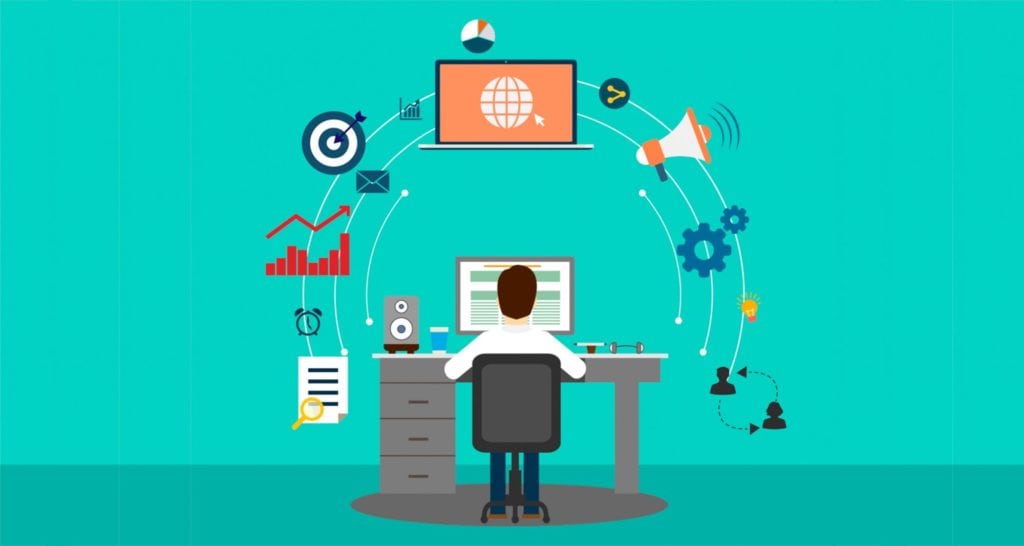



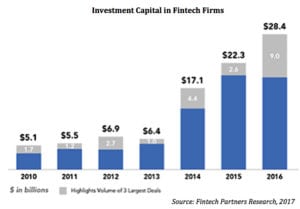

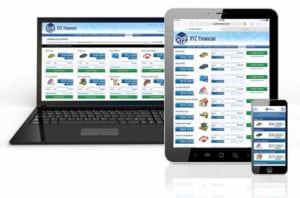


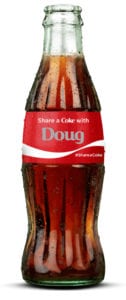

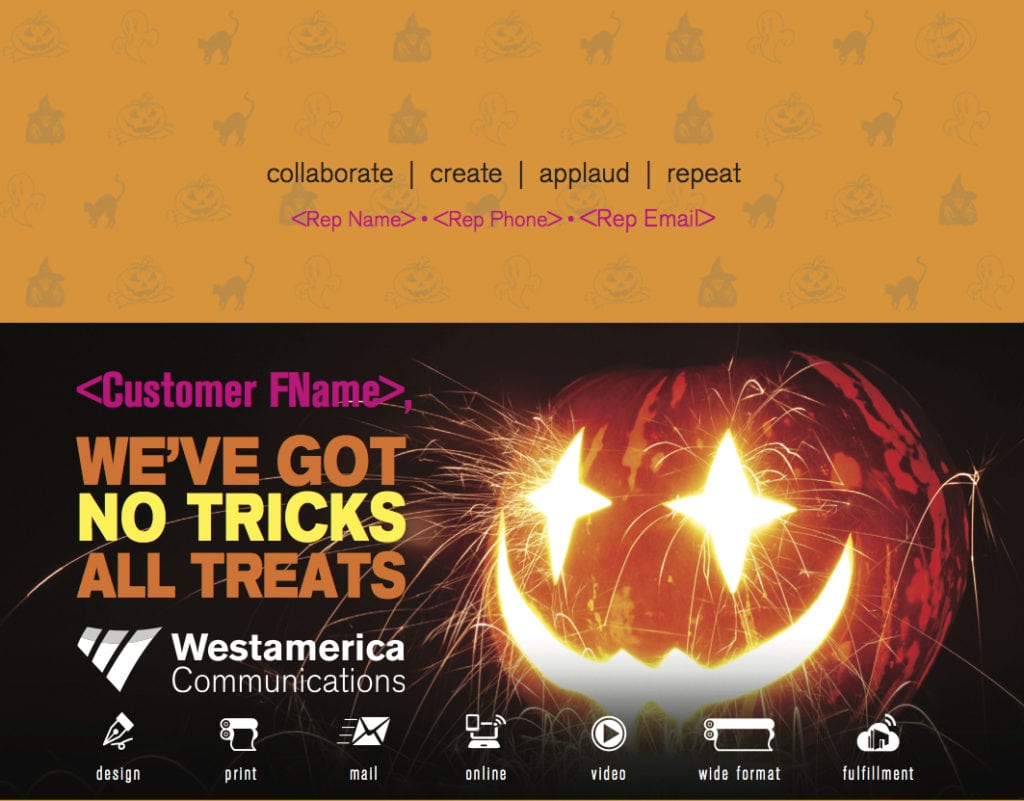
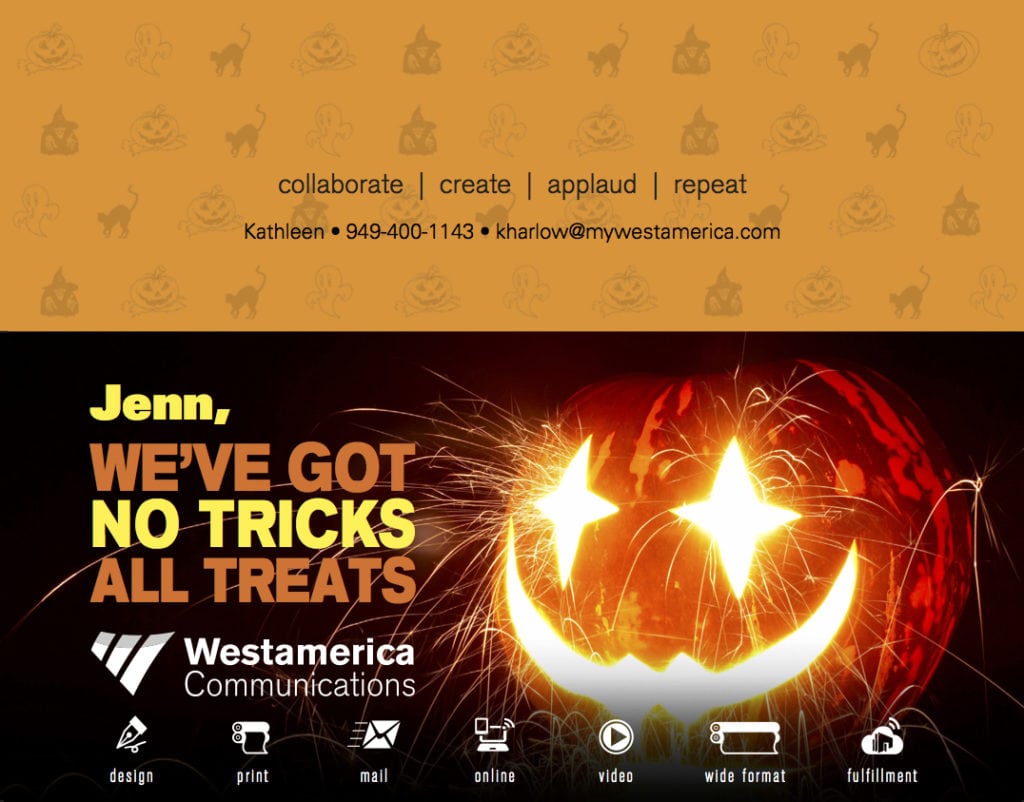









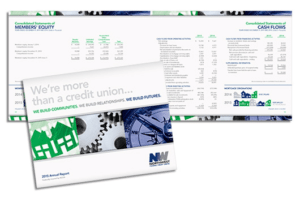














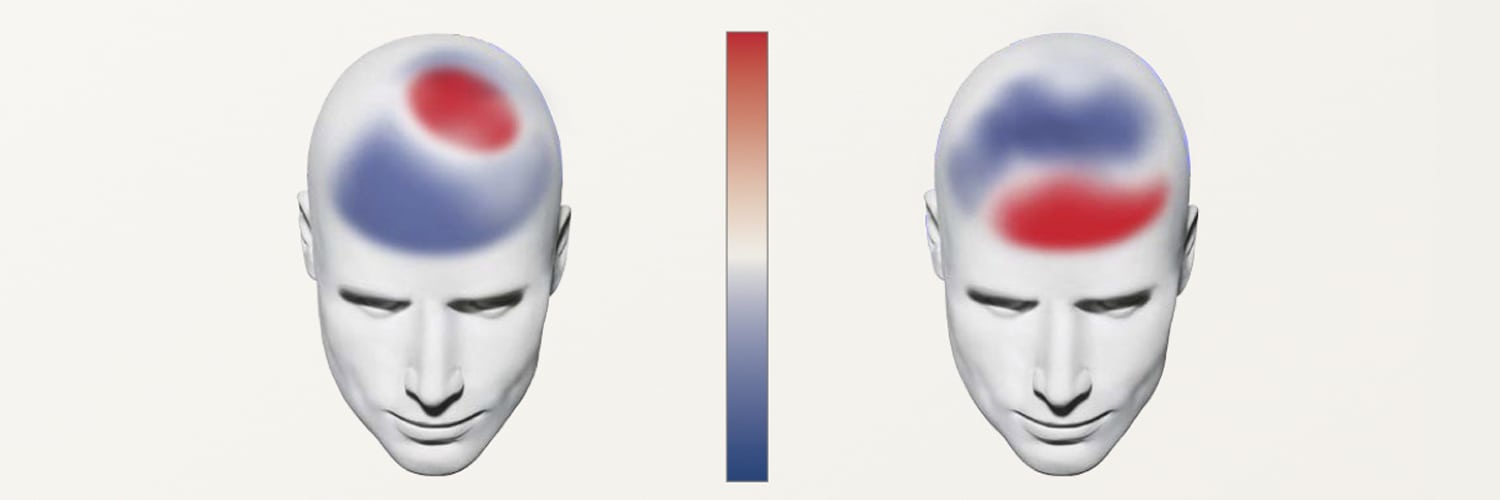
 I recently ran into an old business acquaintance at a social event. We shook hands and talked about old times. When we finished our conversation, I handed him my business card. In return, he offered his card, but before he handed it to me, he took out a pen, crossed out his old email address and wrote in a new one.
I recently ran into an old business acquaintance at a social event. We shook hands and talked about old times. When we finished our conversation, I handed him my business card. In return, he offered his card, but before he handed it to me, he took out a pen, crossed out his old email address and wrote in a new one.
